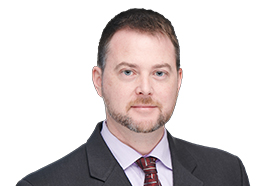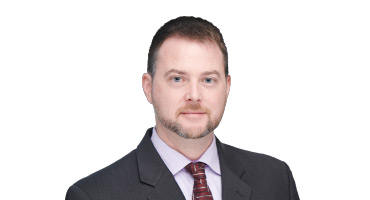The top tax writers in both chambers wrote a letter to the IRS and Treasury clarifying the congressional intent behind several unclear provisions in recent retirement legislation. Technical corrections may be needed in order to fix the issues, including an error that could disallow “catch-up” contributions after 2023.
The retirement legislation was enacted on an appropriations bill (Pub. L. No. 117-328) and is commonly referred to as “SECURE 2.0” because it builds on the Setting Every Community Up for Retirement Enhancement (SECURE) Act enacted in 2019 (see our previous story on the impact of SECURE 2.0). The letter identifies four specific technical issues:
- Catch-up contributions: Section 603 of the legislation requires “catch-up” contributions to qualified retirement plans for tax years beginning after 2023 be made on a Roth basis for taxpayers with more than $145,000 wages from the employer sponsoring the plan. A conforming amendment could be read to disallow all catch-up contributions after 2023, which was not intended.
- Start-up credit: Section 102 of the bill increases the credit for small employer pension plan startup costs in part by allowing eligible employers a credit for a portion of employer contributions made to the plan. Congress intended the additional credit to be in addition to the otherwise available credit, but the legislative language could be read to apply the pre-existing cap to the combined amount.
- Required minimum distributions (RMD): Section 107 of the bill increases the age at which RMDs are required from age 72 to age 73 for individuals who turn 72 after 2022 and who turn 73 before 2033 and to increase the applicable age from age 73 to age 75 for individuals who turn 73 after 2032. The language could erroneously be read to apply the increase to age 75 for individuals who turn 74 after 2032.
- SIMPLE IRAs and SEPs: Section 601 of the bill allows SIMPLE IRAs and simplified employee plans (SEPs) to accept Roth contributions. The legislation is intended to preserve the treatment in which no contributions to a SIMPLE IRA or SEP are taken into account for the otherwise applicable Roth IRA contribution limit, but the legislative language could be read to apply these contributions to the limit.
The IRS has already said it is aware of the errors, but it’s unclear if it has the statutory authority to address them through guidance even with the letter outlining congressional intent. The letter states that the lawmakers intend to introduce legislation to make the technical corrections statutorily. The prospects for enactment may be quite good for technical corrections, as the letter represents a “four corners” statement from the chairs and ranking members from both parties in both chambers. In addition, SECURE 2.0 itself enjoyed overwhelming bipartisan support in both chambers.
Contact:



Dustin Stamper
Tax Legislative Affairs Practice Leader
Managing Director, Tax Services
Grant Thornton Advisors LLC
Dustin Stamper is a managing director in Grant Thornton’s Washington National Tax Office and leads the tax legislative affairs practice for the firm.
Washington DC, Washington DC
Service Experience
- Tax
Tax professional standards statement
This content supports Grant Thornton LLP’s marketing of professional services and is not written tax advice directed at the particular facts and circumstances of any person. If you are interested in the topics presented herein, we encourage you to contact us or an independent tax professional to discuss their potential application to your particular situation. Nothing herein shall be construed as imposing a limitation on any person from disclosing the tax treatment or tax structure of any matter addressed herein. To the extent this content may be considered to contain written tax advice, any written advice contained in, forwarded with or attached to this content is not intended by Grant Thornton LLP to be used, and cannot be used, by any person for the purpose of avoiding penalties that may be imposed under the Internal Revenue Code.
The information contained herein is general in nature and is based on authorities that are subject to change. It is not, and should not be construed as, accounting, legal or tax advice provided by Grant Thornton LLP to the reader. This material may not be applicable to, or suitable for, the reader’s specific circumstances or needs and may require consideration of tax and nontax factors not described herein. Contact Grant Thornton LLP or other tax professionals prior to taking any action based upon this information. Changes in tax laws or other factors could affect, on a prospective or retroactive basis, the information contained herein; Grant Thornton LLP assumes no obligation to inform the reader of any such changes. All references to “Section,” “Sec.,” or “§” refer to the Internal Revenue Code of 1986, as amended.
More tax hot topics

No Results Found. Please search again using different keywords and/or filters.
Share with your network
Share